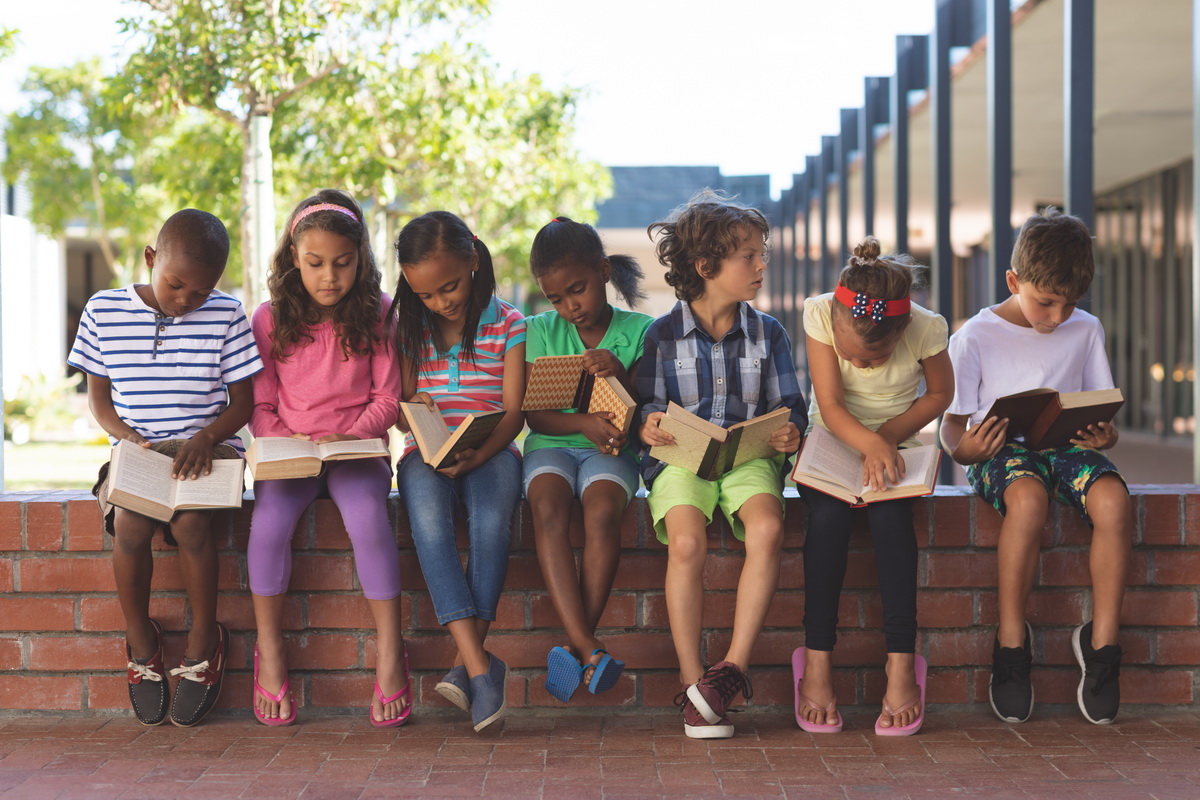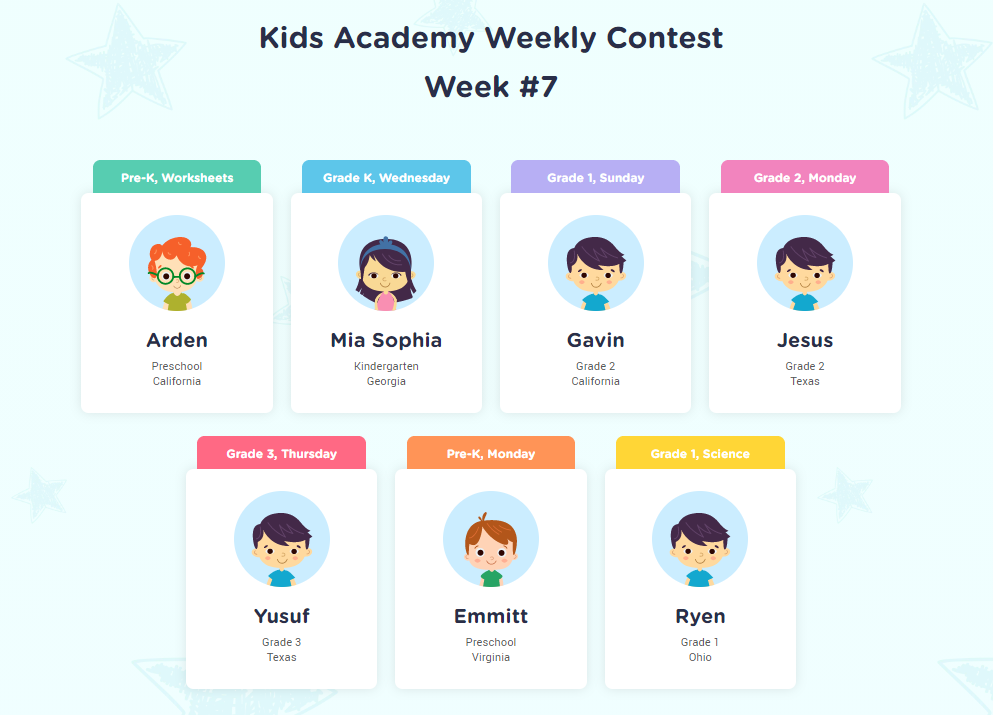Understanding pollination Worksheets for Kids
4 filtered results
-
From - To
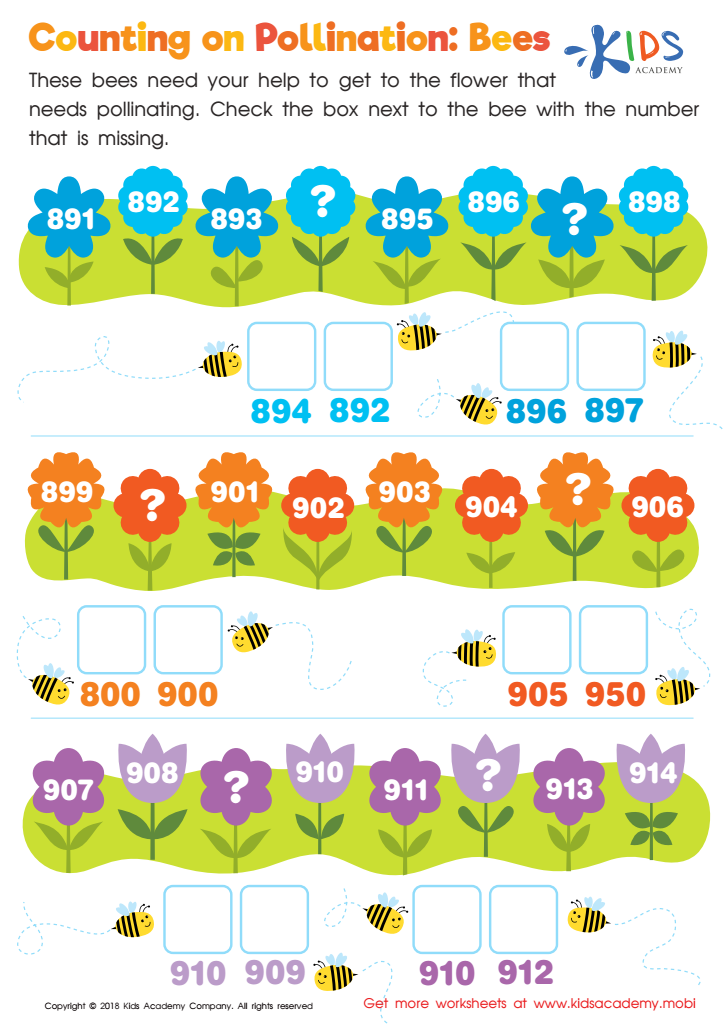

Counting on Pollination: Bees Worksheet
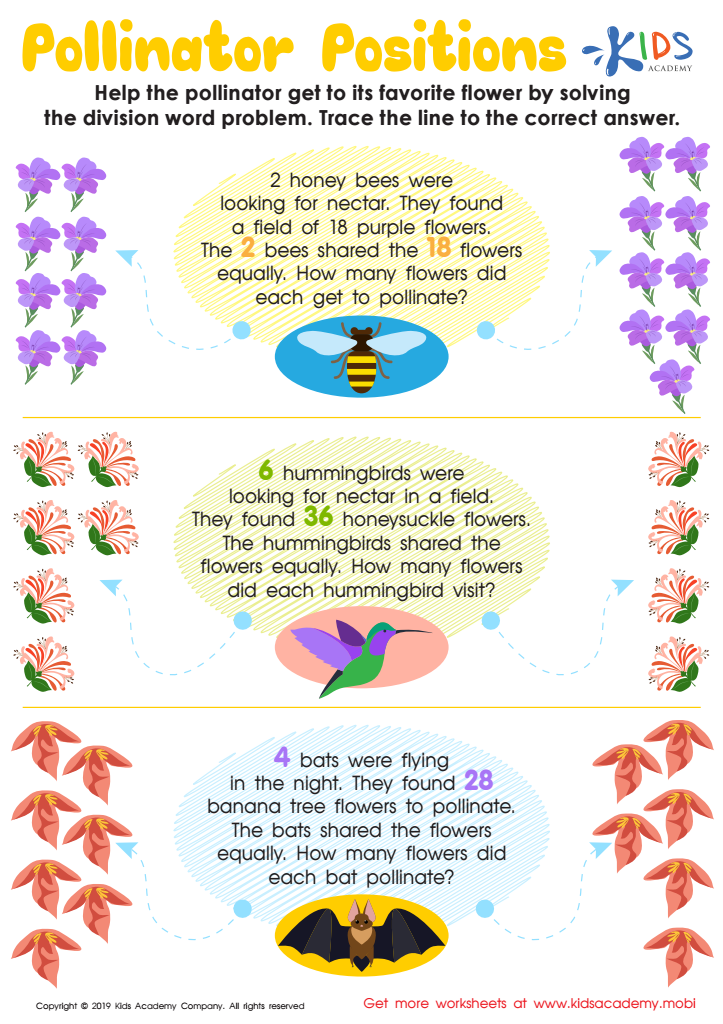

Pollinator Positions Worksheet
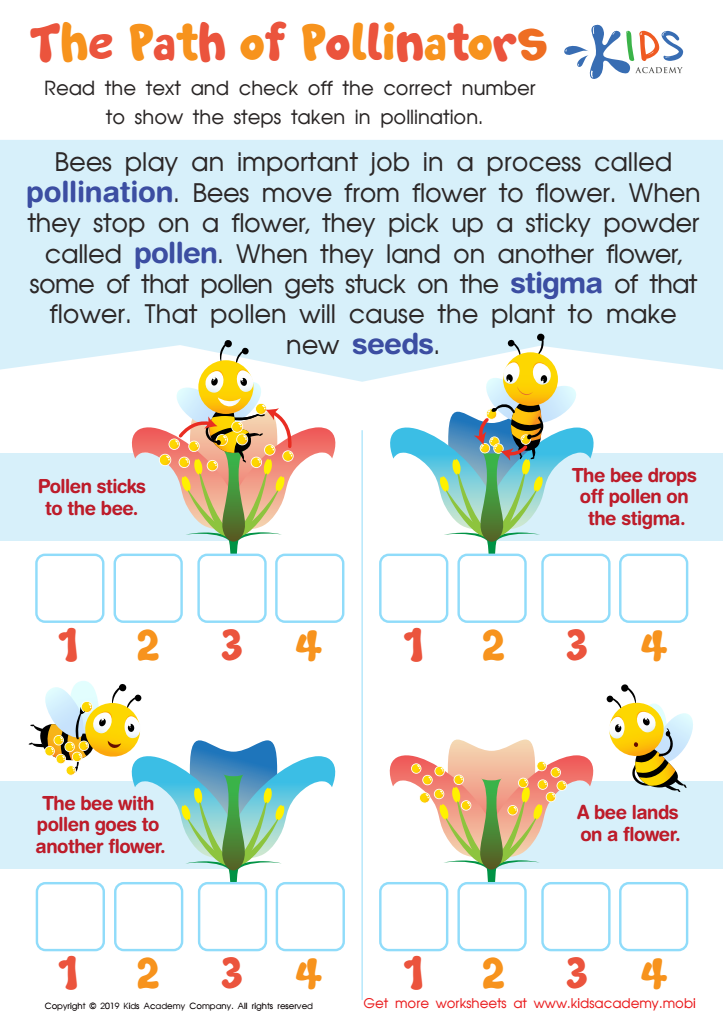

The Path of Pollinators Worksheet
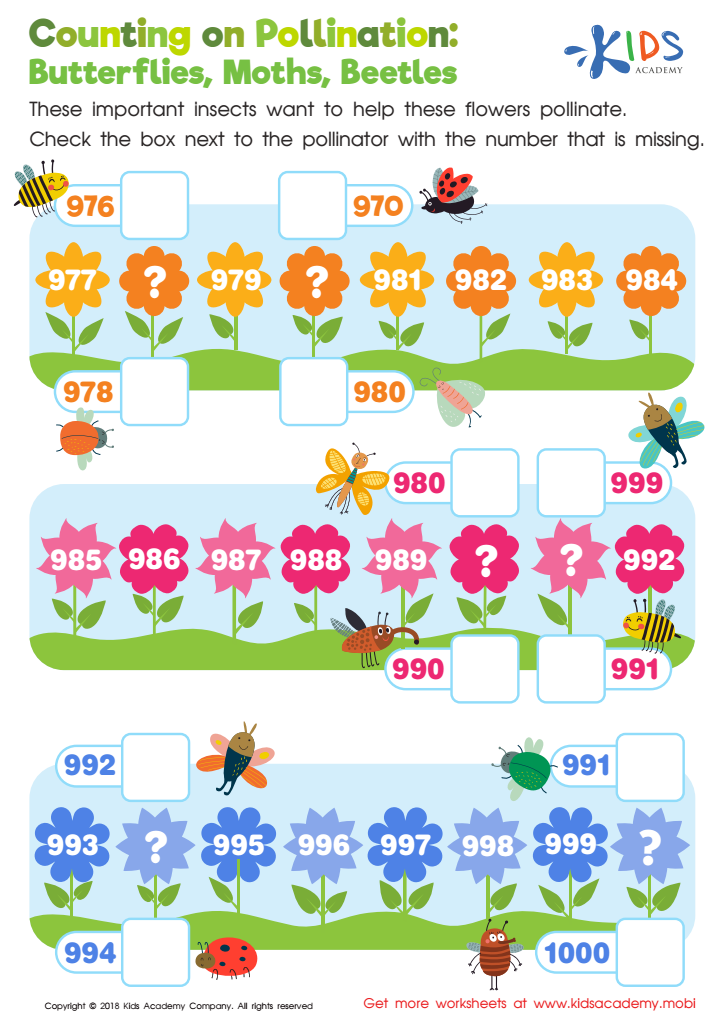

Counting on Pollination: Butterflies, Moths, Beetles Worksheet
Question/Answer
What does the Understanding pollination skill mean when it comes to Grade 2 Plants and Animals learning?
Understanding pollination in the context of Grade 2 Plants and Animals learning means that students learn about the basic process by which plants reproduce. They come to understand how pollen is transferred from one flower to another, often with the help of animals, wind, or water, leading to the production of seeds that grow into new plants.
Why is the Understanding pollination skill important for Grade 2 students?
Understanding pollination is important for Grade 2 students because it introduces them to fundamental concepts of plant biology and ecosystems, encourages curiosity about nature, and lays the groundwork for learning about food production, biodiversity, and environmental conservation. It helps them understand the interdependence between plants and animals, fostering respect and a sense of responsibility towards the environment.
How to test a Grade 2 student’s Understanding pollination skills?
To test a Grade 2 student's understanding of pollination, ask them to draw or describe the process of how a bee helps flowers make seeds. You could also use matching exercises where they match images or terms related to pollination (e. g.
 Assign to the classroom
Assign to the classroom


